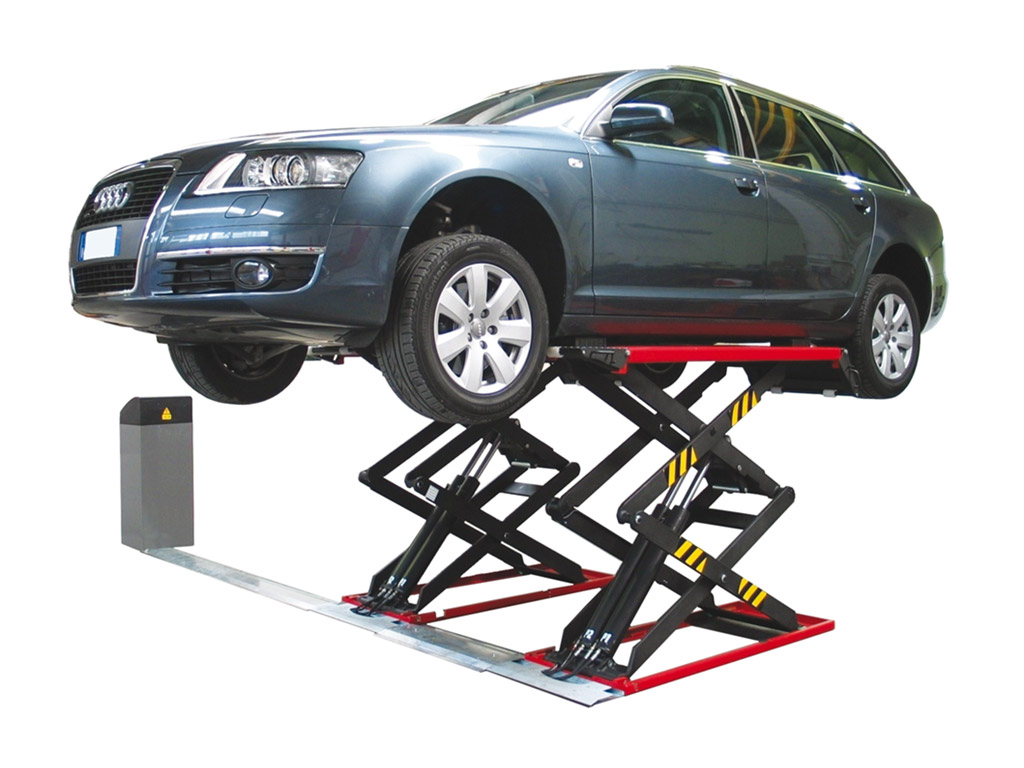
When it comes to car repairs, having the right equipment is crucial. One piece of equipment that many car enthusiasts and professionals rely on is the low profile car lift. These lifts are designed to provide easy access to vehicles, even those that are lower to the ground. But the question that often arises is: How safe are low profile car lifts for car repairs? In this article, we will discuss the safety features of low profile car lifts, their benefits, and key safety precautions to consider while using them.
What Are Low Profile Car Lifts?
Low profile car lifts are specialized lifting devices designed for vehicles that sit closer to the ground. These lifts have a lower height and are perfect for vehicles like sports cars or custom cars that have a lower ground clearance. They are commonly used in garages and workshops for quick and efficient car repairs.
Key Features of Low Profile Car Lifts
Low profile car lifts come with several features that make them a valuable tool for mechanics. These include:
-
Low height: Ideal for vehicles with minimal ground clearance.
-
Compact design: Takes up less space, making them suitable for smaller garages.
-
Ease of use: Simple operation for lifting and lowering vehicles.
How Safe Are Low Profile Car Lifts?
Low profile car lifts are designed with safety in mind. However, just like any other mechanical equipment, their safety largely depends on how they are used. Below are some of the key factors that contribute to the safety of low profile car lifts.
1. Built-in Safety Features
Most low profile car lifts come with built-in safety mechanisms, such as:
-
Safety locks: These locks prevent the lift from falling or lowering unexpectedly while working on the car.
-
Automatic pressure release: This feature ensures that hydraulic pressure is safely released when the lift is lowered.
-
Non-slip surfaces: The lift’s arms and platform are designed to provide a firm grip on the vehicle, preventing slipping.
2. Proper Weight Distribution
One of the key safety factors to keep in mind when using low profile car lifts is ensuring the vehicle is properly centered. If the car is not balanced correctly, it can cause the lift to tip or the car to fall off the platform. It’s essential to ensure that the vehicle is placed in the center of the lift before raising it.
3. Quality Construction
The materials and construction quality of the lift contribute to its overall safety. High-quality low profile car lifts are made from durable materials such as steel, which can support the weight of most vehicles. Always check the manufacturer’s specifications regarding weight limits to avoid overloading the lift.
4. Certified Equipment
Certified low profile car lifts from reputable brands, such as Coats Company, adhere to industry safety standards. These lifts are regularly tested for durability and safety, giving users peace of mind. Always choose a certified lift for optimal safety.
Benefits of Using Low Profile Car Lifts for Car Repairs
Low profile car lifts offer several benefits for both DIY car enthusiasts and professional mechanics. Here are some of the advantages:
1. Increased Efficiency
Low profile car lifts make it easier to lift vehicles quickly and safely, allowing for more efficient work. They save time compared to using jacks or other manual lifting methods.
2. Accessibility
These lifts allow for better accessibility to the underside of the car, making it easier to perform repairs such as oil changes, brake replacements, or exhaust repairs.
3. Space-Saving Design
Low profile car lifts have a compact design that takes up less space in your garage or workshop. This makes them an excellent option for those with limited space.
Common Safety Precautions When Using Low Profile Car Lifts
While low profile car lifts are designed with safety in mind, it’s important to follow the necessary precautions to ensure they are used correctly.
1. Read the Manufacturer’s Instructions
Always read and follow the manufacturer’s instructions for proper installation and use. This will help you avoid any mistakes that could lead to unsafe conditions.
2. Inspect the Lift Regularly
Before using the lift, it’s essential to inspect it for any signs of damage or wear. Check the hydraulic system, cables, and safety mechanisms to ensure everything is functioning properly.
3. Ensure Proper Weight Limit
Never exceed the weight limit specified by the manufacturer. Overloading the lift can cause it to malfunction and potentially lead to accidents.
4. Wear Protective Gear
Always wear appropriate protective gear, such as gloves and safety glasses, when using a low profile car lift. This will help protect you from any potential hazards during the repair process.
5. Never Crawl Under a Car Without Proper Support
Never crawl under a car while it is on the lift unless the vehicle is securely supported with additional safety stands. This extra precaution ensures the vehicle remains stable while you work underneath it.
Conclusion
Low profile car lifts are generally safe for car repairs when used correctly. With their low height and compact design, they are perfect for vehicles with lower ground clearance. By following the necessary safety precautions, such as proper weight distribution, regular inspections, and using certified equipment, you can ensure the safety of both yourself and the vehicle.
Coats Company provides high-quality low profile car lifts that are designed with both safety and performance in mind. Whether you’re a professional mechanic or a DIY car enthusiast, investing in a reliable lift will enhance your work environment and make car repairs more efficient.


